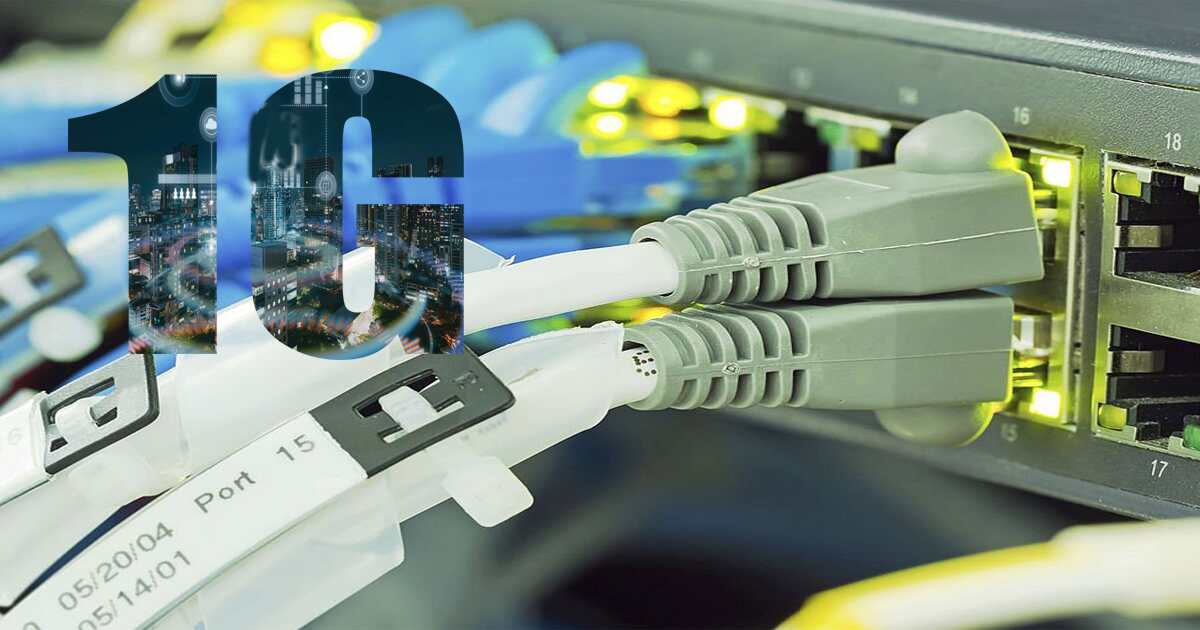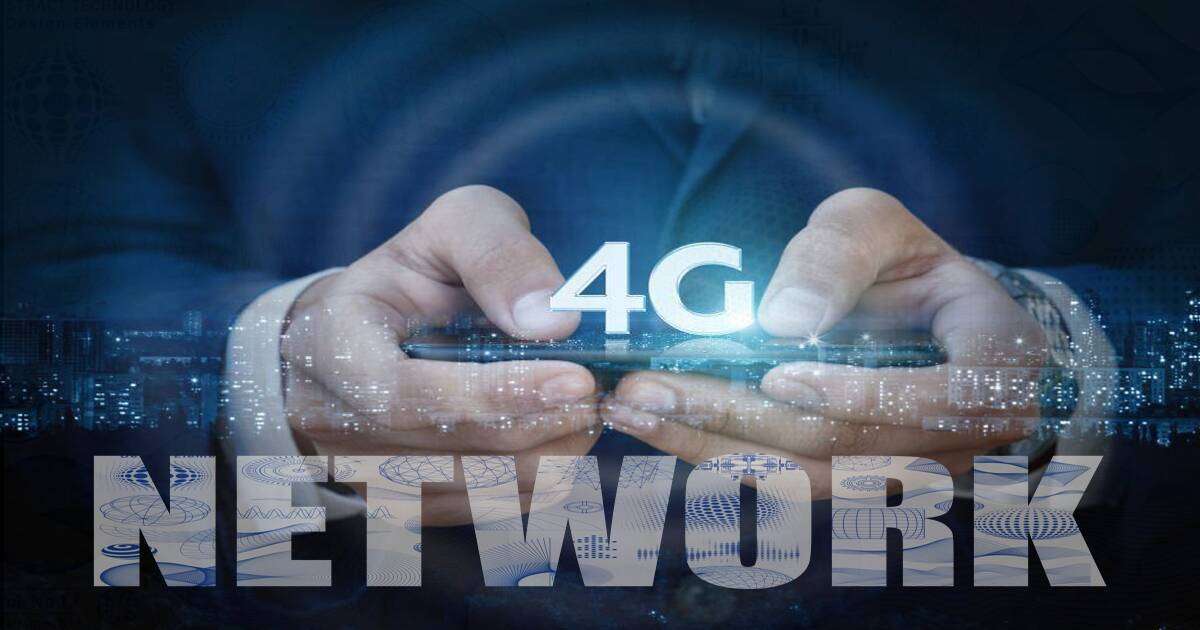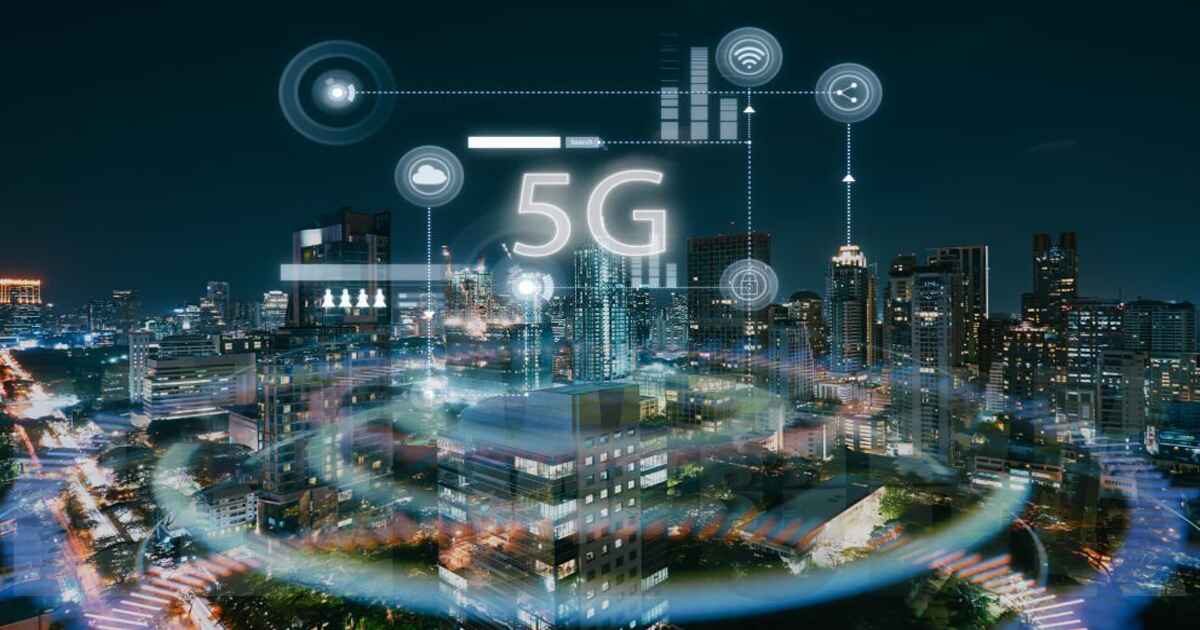We spend about twelve to sixteen hours on social media, and 90 to 95 percent of people use mobile phones. The system used today is digital; the telephones that came before us were very large, but if we had to talk to someone, first we would call the exchange, get the number, and then get it to someone else we wanted to speak to it used to be a third party problem sometimes our line would get disconnected from the exchange (mobile communication system).
We have a handset mobile, which is called a mobile station in the language of mobile communication, and we have seen the mobile tower is a tower inside each set. Its non-technical name is its technical name, Base trans receiver station (BTS). When we place a call from a mobile phone, the call goes from the mobile to the tower; the tower is called BTS (Base Trans Receiver Station). It forwards the base trans receive station signal to the BSC (base station controller).
Station Controller
We have seen the mobile tower, so there is a tower inside each set, and its non-technical name is its technical name, Base trans receiver station (BTS). When we place a call from a mobile phone, the call goes from the mobile to the tower. This tower is called the (BTS) Base trans receiver station. The signal from the (BTS) goes to the BSC, and the BSC forwards it to the (MSC) Mobile switching center; now the (MSC) mobile switch center will send another (MSC) mobile switch center where we want to call. Now, our mobile phone does what we speak first, and It is analog to digital signal transfer due to a microphone (mobile communication system).
Digital Signal Processing (mobile communication)
Digital Signal Processing (DSP) is a technology revolutionizing how we manipulate and analyze signals in various applications. Whether in audio processing, image enhancement, or even telecommunications, DSP plays a pivotal role in shaping our modern world.
In audio, DSP algorithms help eliminate noise, enhance clarity, and enable advanced audio effects, making our music and speech sound better. DSP algorithms allow us to improve images, detect patterns, and compress data for efficient storage and transmission in image processing.
Moreover, DSP is indispensable in telecommunications, where it’s used for data compression, modulation, and demodulation, ensuring the efficient transmission of information over long distances.
As technology continues to evolve, Digital Signal Processing will remain at the forefront, enabling us to harness the power of signals for an ever-expanding range of applications, from healthcare to entertainment and beyond. Its versatility and transformative potential make DSP an exciting field of study and innovation.
An analog signal has an up-and-down correction when we speak now in analog; Digital has only two frequencies. When we call, our signal goes to the tower, and the building transmits the signal through the wire. The base transfer function is connected to the Mobile Switch Center, and the company’s current location where we have the mobile sim card will be received, and the system will be behind.
Mobile Switch Center (mobile communication)
Our array mobile switch center knows if we are looping from one area to another area, so our location is select. Then, this work is the mobile switch center, and the extent to which our mobile SIM belongs is our base. When a signal is transferred from our mobile switch center to another area, our mobile switch center transmits a signal. All the rooms are connected to the mobile switch center.
When your signal transfers from one area’s mobile switch center to another area’s mobile switch center, after a few seconds, the call disconnects; the towers are not wirelessly connected, and on top of our building, there are two types of devices (mobile communication system).
Mobile Phone Base Station
Mobile phone base stations transmit these RF signals to callers to other phones and networks. This device converts voice, text, multimedia messages, or data calls into radio frequency (RF). Mobile base stations can transmit when it is converted to radio frequency. We can also receive radio frequency signals, and any information the mobile touches has to be transferred; ultimately, it has to be converted into a radio frequency signal, which, in short, we call an RF signal.
Mobile Devices Technologies (mobile communication)
1G Technology
1. These are the analog telecommunications standards
2. only modulated to a higher frequency, typically 900MHZ.
3. Nordic Mobile telephonic
4. Total access communication system
5. European total access communication
This phone device is large. Battery life could be better; there is no security, frequent call drops, and poor voice quality. It allows voice calls in one county and speeds up to 2.4 kbps (mobile communication system).
2G Technology
2G, short for “Second Generation,” was a pivotal advancement in mobile telecommunications that succeeded the initial 1G networks. In the late 1980s, 2G technology revolutionized mobile communication by transitioning from analog to digital transmission methods.
Key features of 2G technology include:
Digital Transmission: 2G networks utilized digital signal processing, which improved voice quality, reduced interference, and enabled encryption for secure conversations.
Data Services: While primarily designed for voice, 2G networks supported essential data services, such as slow internet access and email.
Greater Capacity: 2G networks offered improved spectral efficiency, enabling more users to access the network simultaneously and reducing the likelihood of dropped calls.
Global Roaming: The introduction of 2G paved the way for international roaming agreements, allowing users to travel globally and maintain mobile connectivity.
The transition to digital technology in 2G networks laid the foundation for further advancements in mobile telecommunications, setting the stage for developing 3G, 4G, and eventually 5G networks.
3G Technology
1. To bring mobile broadband
Voice, data, and video singles
2. 850, 900 and 1900 MHz
3. Video Telephone/internet surfing
4. Wideband code division multiple access 2100MHz
5. Universal mobile telecommunications system
2005 – WCDMA – 1.92 Mbps
2003 – EDGE – 384 kbps
2000 GPRS – 114 kbps
Speed Of 4G (mobile communication)
Enhanced 3G, high-speed, and IP-based ultra-broadband
1. Voice, data, and video signals
2. 850, 900 and 1900 MHz
3. Real-time streaming
4. Long-term Evolution
5. Multiple input and multiple outputs
WiMAX / LTE – 3 to 10 Mbps
HSPA – 610 Kbps to 3 Mbps
5G Technology (mobile communication)
World Wide Wireless Web (W)
Internet of Things 4k video streaming
1. 1 to 10 Gbps
2. end to end round trip delay
3. Bandwidth per unit area
4. Availability and coverage
5. Next generation of small cells
Global system for mobile communication to describe a protocol for second generation (2G) digital Cellular network circuit-switched network optimized for full duplex voice telephony. It is used by mobile phones and replaces first-generation (1G) analog cellular networks. Global system mobile communication is a TDMA-based wireless network technology developed in Europe and used worldwide. This system uses a SIM card to identify the user’s account. The sim card allows global system mobile communication network users to quickly move phone numbers from one global system mobile communication phone to another by simply dragging the sim card. Global system mobile communication networks operate on the 850 MHz, 900MHz, 1800MHz, and 1900MHz frequency bands.








